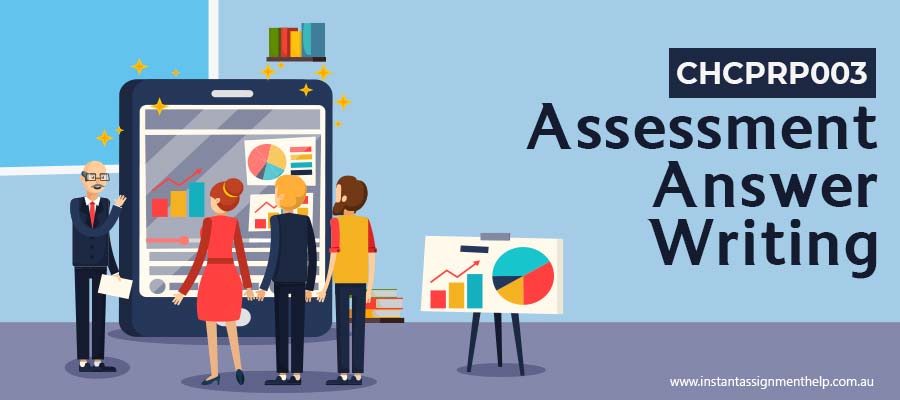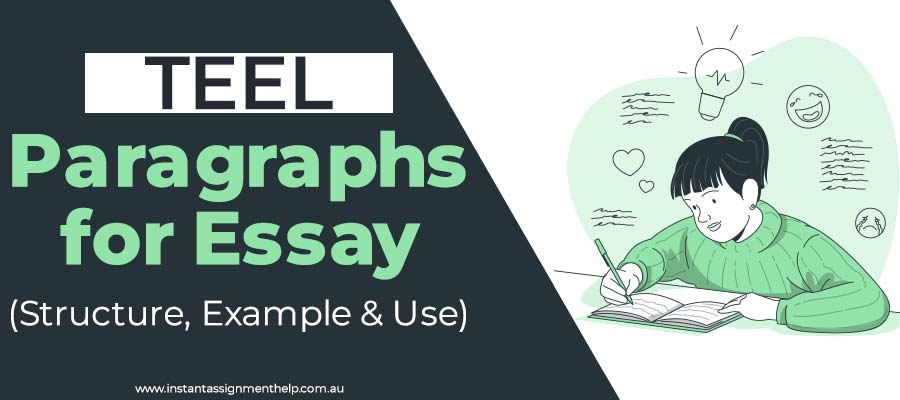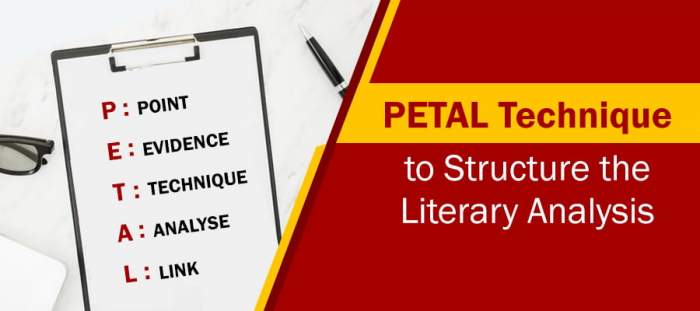CHCECE017 assessment deals with community services. It is assigned to students pursuing a Diploma of Education, Diploma of School-Age Care and Education, Diploma of Early Childhood Care & Education, and Certificate III in Early Childhood Education and Care. If you are a student of any one of these courses, you will also be required to write the answers to the CHCECE017 assessment, Foster the Holistic Development and Well-being of the Child in Early Childhood.
These answers demonstrate the knowledge and skills required to cultivate and enhance the children’s well-being and development. To write the CHCECE017 assessment answers, you should use the learning outcome of CHCFC503A, CHCFC502A, CHCFC504A, CHCFC505A, and CHCFC506A units. Significant learning outcomes and performance evidence of these units will be quite helpful in writing the CHCECE017 assessment.
An Overview
The CHCECE017 assessment is a mandatory task for the students who study early childcare. The subject is about Foster the holistic development and well-being of the child in early childhood.
Let’s begin with learning about some guidelines required for writing CHCECE017 answers.
Basic Guidelines for Writing CHCECE017 Assessment Answers
We all know that the accessor provides the instructions and guidelines to write university assignments. Similarly, the CHCECE017 assessment has its directives that are required to follow for accurate answer writing.
Research of two different theorists is a must where at least one theorist must be concerned with psychological and emotional learning and childhood development.
Pick the one theorist who has explained, How children develop and learn?
If you need an overview of different theoretical viewpoints and corresponding theorists, you can seek help from the Early Years Learning Framework Guide.
Once you have selected the theory, write about the holistic development in children. Demonstrate the understanding between both the hypothesis.
The collected information should be well-researched and properly-referenced. You are required to include at least two references for each theorist.
Acknowledge these five guidelines and prepare yourself to perform various projects included in your CHECECE017 assessment. Here are ten activities that you can practice to solve more.
Students Also Like: Elements and Performance Criteria to Provide Care for Children
10 Activities of CHCECE017 Formative Assessment
The activities included in the formative assessment are as follows:
Activity 1.
You are an educator, working with a group of children, including Thomas, Maddie, and James. Their physical skills have identified as:
|
Thomas can: |
Maddie can: |
James can: |
|
lift the head up when placed on the stomach |
reach for objects |
walk-up and down |
|
Rolls from back to stomach & from the stomach to back |
hold objects |
step side |
|
Sits upright unsupported |
hold her head |
a tricycle sense of balance is developing |
|
moves to a crawl-position |
uproll over transfer objects |
|
|
crawl & stands up independently using furniture |
from one hand to another crawl |
|
|
|
hold herself up |
|
|
|
pushes & pulls objects |
|
|
|
walks haltingly |
|
- Identify the likely age of the children based on their level of development of physical skills.
- How will you undertake the process of identifying and monitoring their physical skills and development?
- Determine an example of a developmentally appropriate experience or opportunity you will plan and provide to foster each of the children’s fine and gross motor or fundamental movement skills.
Activity 2.
What are cognition and cognitive development?
At what stage of development do children have the cognitive skills to be able to:
Skills or Activities
- Ability to recall past events and count on future events
- Repetitive behaviors that bring about amusement
- Classify the objects into two categories at the same time
- Place objects in quantitative sequence
- Understand the concepts of right and wrong
- Make repetitive voluntary movements.
- Begin searching for hidden objects.
- Recall past events, and anticipate future events.
- Verbally express their thoughts.
Activity 3.
Plan an experience that challenges the physical skills, abilities, and endeavors of children and promotes their physical fitness in each of the areas:
Active games
Music and movement experiences
Why is it important for children to be physically fit?
Activity 4.
Spend an extended time observing a known child of yours. The child should be of your work colleague, relative, or a friend. Obtain the permission of the child's parents surely before carrying out the observation. You are required to identify & monitor the social skills and development of the child. Create a record of your examinations and present them with examples.
What do your observations reveal about the descendant's social development?
- Scholastic academic documents
- Pocket friendly prices
- Assured reliability, authenticity & excellence
Activity 5.
Suggest a game or activity that can get the children to interact in pairs. What social skills will the children develop as a result of this task?
You have provided a group of three children to go and play in the dress-up area. One of the children wants all of them to dress up as princesses, and another wants as clowns. The third child does not have any opinion on what they dress up as. An argument has broken out between them. What will you do to get the children to respect each other’s interests and settle the situation?
Activity 6.
All the children are engaged in free play. Quite suddenly, two children started crying and yelling at each other. They even started to pull each other’s hair. Their argument or conflict is on who should get to play with a doll. What steps would you take to resolve the situation? Provide a detailed response.
Activity 7.
Choose three of Gardner’s multiple intelligences. Describe an activity for each of this intelligence that would allow children that can have them to experience the strengths and success of an individual.
Activity 8.
Describe an experience that will allow the children to explore issues of self-image and identity through play. Be specific. Describe what you will do and what steps children are required to take. Identify any resources such as paper, paints, pictures, or music that will be required. How would this learning experience help children explore issues of self-image and identity?
Activity 9.
Aside from praising, identify three things you will do that will encourage children to explore, experiment, and take risks in their learning.
A child who has always been reluctant to answer a maths-based problem has taken a risk & tried to do the same, and successfully, the child has solved the question correctly.
What would you do to encourage the child to keep taking risks in their learning? At least provide three examples.
Activity 10.
You are called to work on a project. It will provide an opportunity for the children in which they can involve in the experiences. It will support the investigation of ideas, complicated concepts, thinking, reasoning, and hypothesizing. You decided to involve the children in the project, which will demand to use all these skills.
Suggest a topic or concept that children might think about and search.
- What do you expect children’s initial hypotheses to be?
- How should children investigate the ideas?
- How should they demonstrate the results of their investigation?
- Post navigation
These are the various sample activities that can help you prepare for your paper. After you have performed all the activities assigned to you in your assessment, now you are required to answer eight questions mentioned in your Summative assessment.
Here are some questions that will help you prepare for your Summative assessment answers.
You May Also Read: Communicate And Work In Health Or Community Services
8 Questions of CHCECE017 Summative Assessment
The example questions for the Summative assessment are as follows:
Question 1
The EYLF and NQF are accessible on the phone through the website of the Department of Education.
Information can be accessed state and territory wise in:
- New South Wales - Department of education and communities
- Victoria - Department of education and early childhood development
- Queensland - Office of early childhood education care
- Western Australia - Department of communities and department of education
- South Australia - Department of education and children service
- Tasmania - Department of education
- Australian Capital Territory - Education and training directorate or community services directorate
- Northern Territory - Department of education and training
You can find the various informational sheets and support materials at the website of the Australian children’s education and care quality authority.
The outcomes are:
- A strong sense of identity
- Connection and contribution to the world
- Strong sense of security
- Confident and involved learners
- Effective communicators
Question 2
Behaviors that are characteristics of children between the ages of one and three include:
- Recognize things by touching, trying, and exploring things out.
- Frustrating when unable to do the tasks they want to do.
- Performing things in their way.
Question 3
Children can get help in expressing their feelings by asking them to:
- Recall a situation
- Draw different facial expressions
- Act out various emotions
Question 4
When children are asked to participate in difficult types of activities, they tend to fail sometimes. It affects their self-esteem and motivation negatively. And as the final result, they give up taking new challenges.
Self-confidence is essential because:
- It makes the children feel proud of themselves.
- It encourages them to try new things more.
- It empowers them to become independent.
- It comforts them to accept love and praise.
- It makes them accept their mistake.
- It motivates them to correct the mistake.
- It gives the willingness to try something repeatedly.
- It helps them make better decisions.
Question 5
Physical development makes children grow and stay fit and active. The children who are developed physically engage themselves in physical activities individually, with adults, and in groups with other children. Thus, they mix all of them with society. These social interactions promote psychological development. A child’s general well-being and feeling of independence and confidence can be enhanced by physical growth.
Question 6
Sometimes, the educator has to face up the process when children become involved in the conflict. The various steps in the face-up process are as follows:
- Safety is a must: Both children need to be calm to ensure safety and integrity. Give some time to help them to control their anger if they are angry or upset.
- Feelings: Children tell each other their feelings about the situation. The first child might say that he feel enraged when he does not share his pencil with him. Children should be encouraged to focus on their feelings.
- Repeat it: Sometimes, asking for an apology is enough to get a resolution. Repeat this procedure to make both children feel that they have been heard. The second child might say that he does not want to share his pencil with him because the first child never shares his pencil with him.
- Resolve: It’s better if children state their feelings about the problem and resolve it by making their suggestions. It avoids the chances of future conflict. Here one might say that the other can use his pencil if he shares his football with him.
- Make-up: An apology or agreement is often enough. Sometimes damage might be required. Appreciate the follow-up talk from the parent to ensure better behavior.
Questions 7
Which one is correct? A three years old child should be able to:
- Use pronouns correctly.
- Use plurals and tenses.
- Handle three words sentences easily.
- Understand the most simple questions relating to their environment and activity.
- Relate his experience so that he can be followed with reasons
Questions 8
Which one is appropriate? Help children in learning about the rhymes and rhythms can be:
- Helpful in developing their memory
- Helpful in developing their auditory skills
- Helpful in expanding their vocabulary
- Helpful in teaching children using fun words
These are the various questions that can help you prepare for your assessment answers. Now let’s focus on the evidence of knowledge and performance that are required for assessment writing. Here is the list of evidence that will help you enhance your skills.
Students Also Like to Read: 5-Task Formula to Manage Business Document Design & Development Answers
We believe in serving our customers with the most reliable assignment help
Knowledge & Performance Evidence for CHCECE017 Answers Writing
The knowledge & performance evidence for assessment writing are as follows:
Knowledge Evidence
Students should have the ability to demonstrate essential knowledge that is required to do the task effectively. It should be outlined according to the elements and performance criteria of this assessment. Manage the projects and contingencies in the context of the work role. These include knowledge of:
- How you can access:
The National Quality Framework
The National Quality Standards
The relevant approved learning framework - Navigation through the framework and standard documents to find areas relevant to this assessment of competency
- Relevant aspects of theories related to children’s emotional and psychological development as they apply to the educator’s role
- Links between social, physical, psychological, and cognitive development
- A range of developmental theories for children from birth to 5 years of age
- Contextual factors that influence the emotional and psychological development of children
- Factors that help in the development of self-esteem and self-identity
- Core principles of child and associated developmental tasks
- Organizational standards, policies, and procedures
Performance Evidence
The students should show evidence of the ability to complete tasks effortlessly. It should be outlined according to the elements and performance criteria of this assessment. Manage the tasks and contingencies in the context of the job role. There must be evidence demonstrating that students have completed the following exercises:
- At least three planned and provided opportunities for the varying ages of the children to develop in a range of areas, including:
- Facilitate and support the emotional & psychological development of children
- Encourage the self-help skills and independence of children
- Plan opportunities to foster children’s positive self-concept and self-esteem
- Provide a positive and safe environment to encourage children to express thoughts, feelings, and ideas
- Accomplish the activities outlined in the performance criteria of this assessment in at least one regulated education and care service
These are the various skills that can help you answer your CHCECE017 assessment. You can take the help of the Instant Assignment Help Australia’s experts as they have unique skills and abilities by which they answer the questions asked in your CHCECE017 assessment.
Need Best CHCECE017 Assessment Answers from Experts?
If you are looking for experts that can help you fulfill the expectation of your mentor, Instant Assignment Help Australia is all you need. Our experts are great at answering the CHCECE017 assessment problems.
In addition to writing, our experts also offer proofreading & editing services to students. Those who have already completed the tasks but are unsure about the quality can ask our professionals for support. While proofreading your CHCECE017 assessment, our experts check for:
- Whether both the theories of the key ideas are stated or not
- Whether the impact of identified domains are described clearly or not
- Whether relevant information to each development theory is included or not.
- Whether the information is referenced correctly or not
Therefore, hire subject-matter experts with us and enjoy top-notch assignment help at a reasonable price.
You May Also Like: 5 Points on Workplace Rights & Responsibilities
USD6
-
Topic CreationUSD 3.87
-
OutlineUSD 9.33
-
Unlimited RevisionsUSD 20.67
-
Editing/ProofreadingUSD 28
-
FormattingUSD 8
-
BibliographyUSD 7.33
RECENT BLOGS











